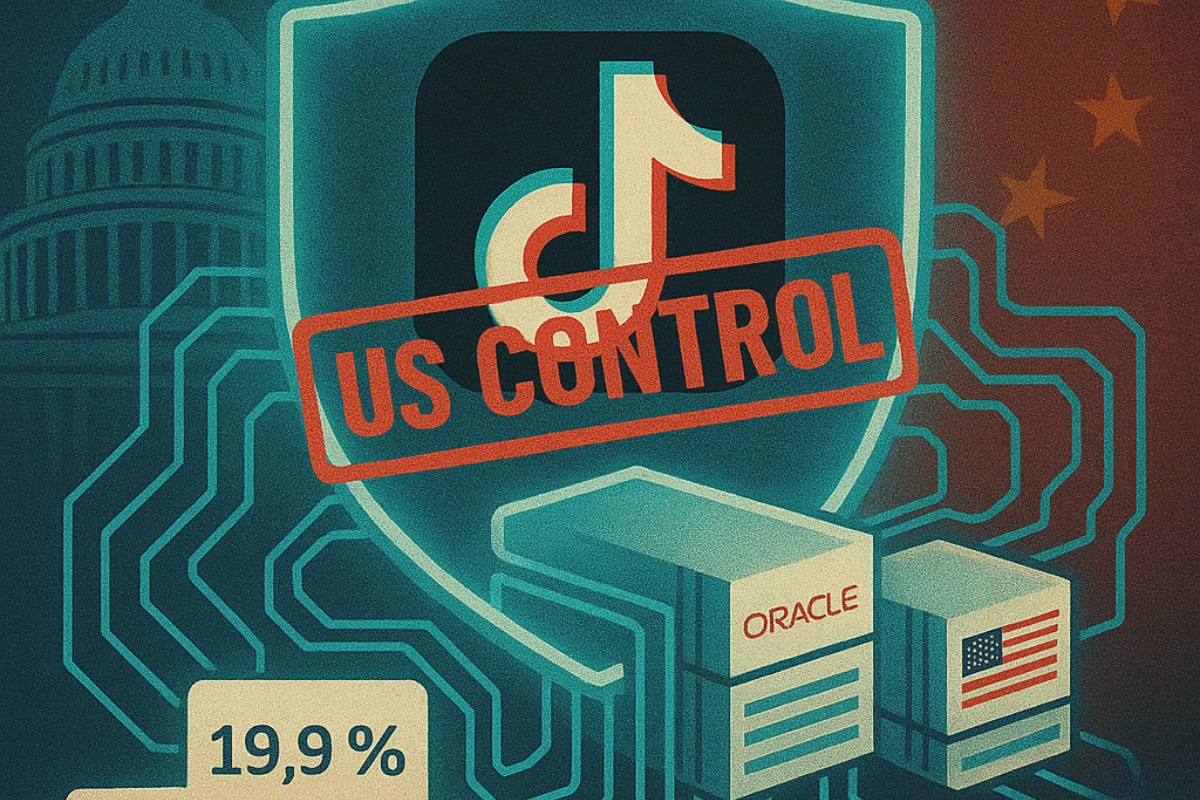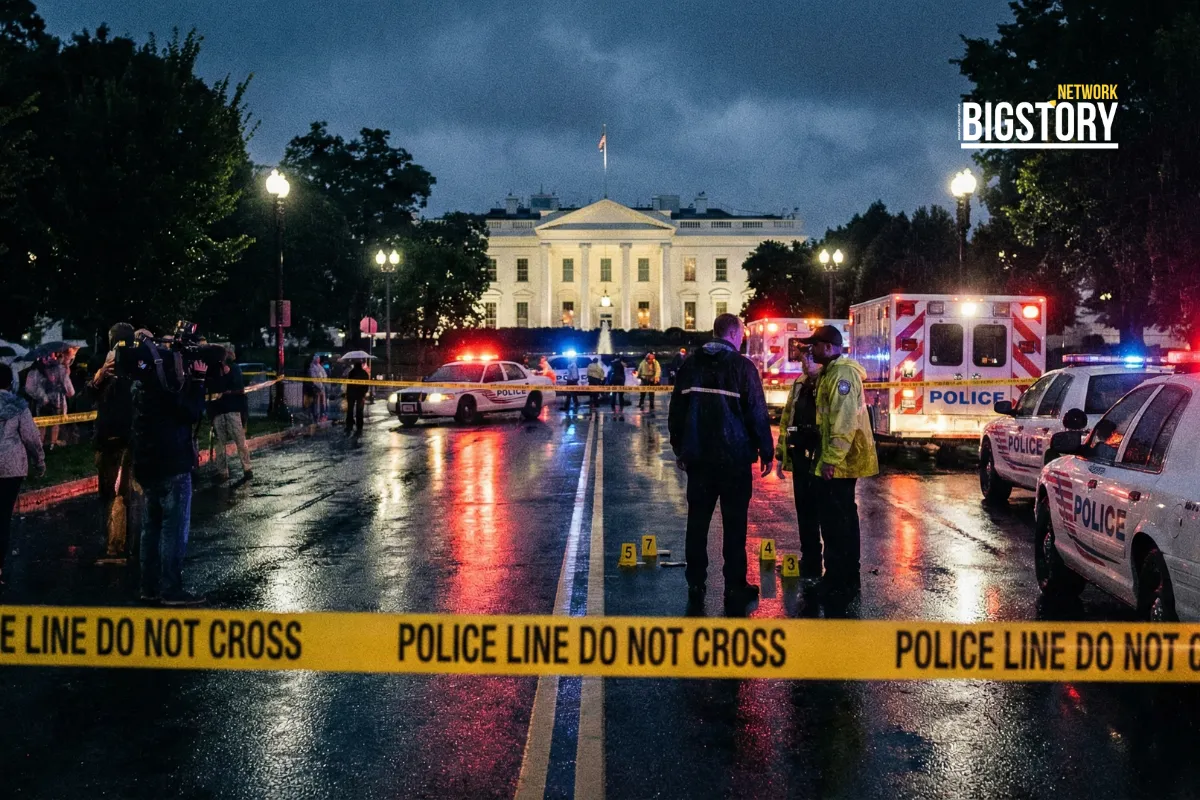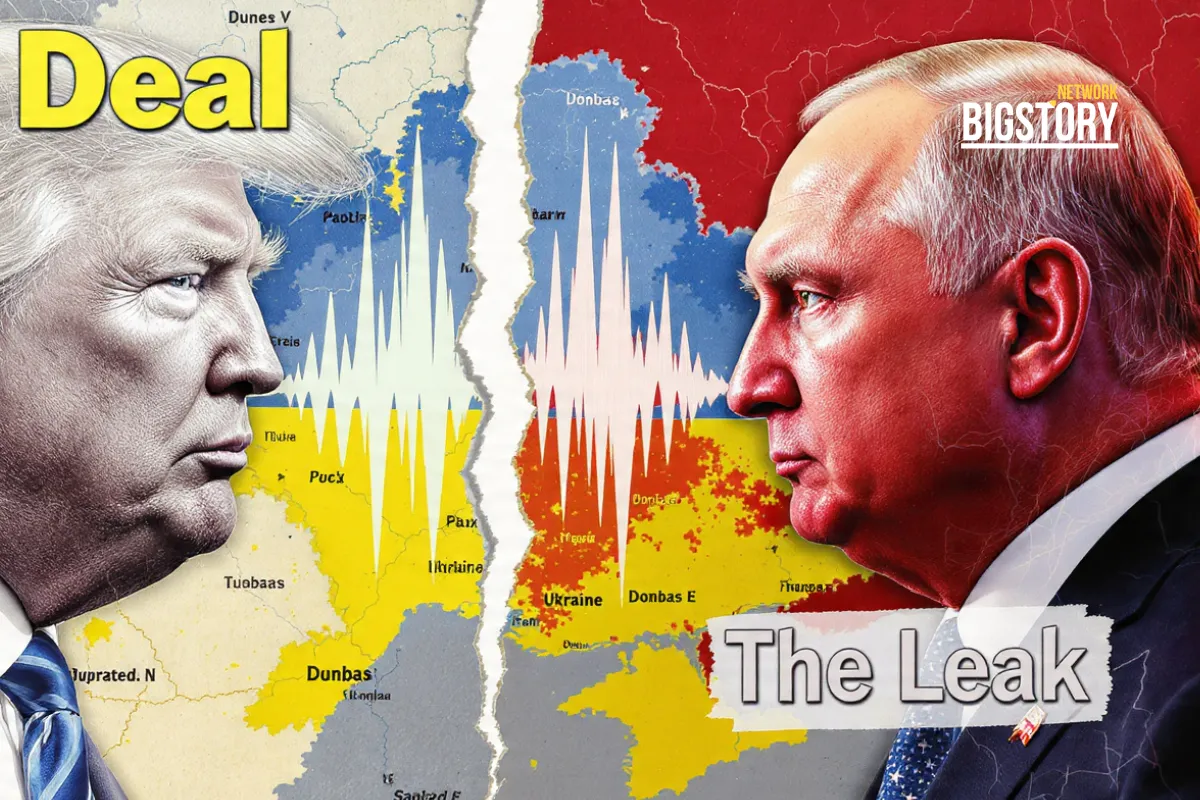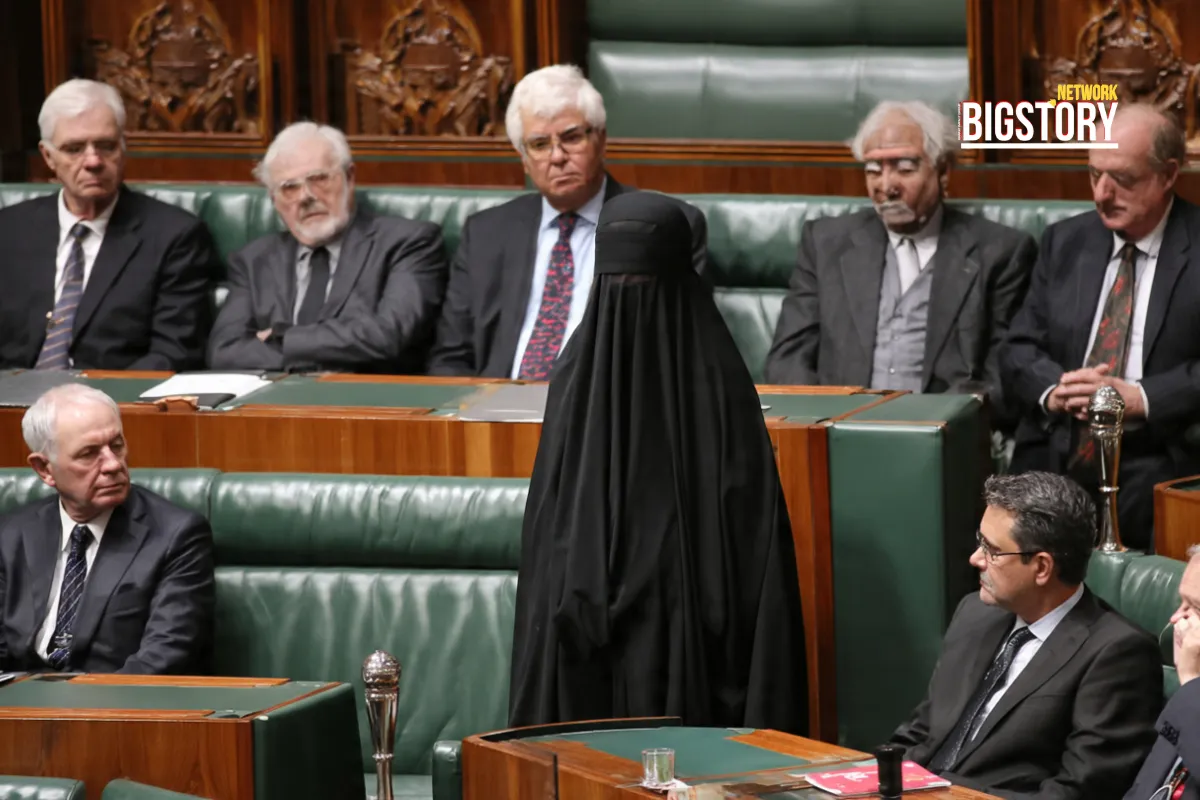Trump secures TikTok deal with China avoiding US ban. Americans get 6/7 board seats, algorithm control. ByteDance keeps 19.9% stake in new structure.
 Sseema Giill
Sseema Giill

The Trump administration successfully negotiated a deal with China to prevent TikTok's ban in the United States. Under the agreement, American companies will control TikTok's algorithm and hold six of seven board seats, avoiding a complete shutdown of the platform that serves 170 million US users.
President Donald Trump: “We have a deal on TikTok... We have a group of significant companies interested in acquiring it.”
Treasury Secretary Scott Bessent: “The commercial terms have essentially been settled since around March, with only a few details remaining to be finalized. This wouldn’t be done without safeguards for U.S. national security.”
White House Press Secretary Karoline Leavitt: “I am 100% confident that the deal between the U.S. and China is finalized... The algorithm will be secured, retrained, and managed in the United States.”
Li Chenggang, China’s Chief Trade Negotiator: Confirmed the framework deal exists, stating “this consensus benefits both parties.”
Trump credited TikTok with helping his 2024 re-election campaign by attracting younger voters to Republicans. The agreement marks a breakthrough in U.S.-China trade relations after talks stalled due to Trump’s April tariffs on Chinese goods.
The deal sets a precedent for how foreign tech companies may operate in markets sensitive to national security. China’s willingness to compromise reflects broader trade negotiations, with Trump and Xi expected to meet in person within six weeks.
Q1: Why was TikTok facing a ban in the US?
TikTok was under scrutiny due to national security concerns that its parent company, ByteDance, could give the Chinese government access to American user data. A 2024 law required TikTok’s U.S. operations to be divested or face a ban.
Q2: What is the new TikTok deal between the US and China?
The deal allows TikTok to continue operating in the U.S. under a new structure where American companies control 80% of TikTok’s U.S. operations, hold six of seven board seats, and manage its algorithm and data storage.
Q3: Who will control TikTok’s algorithm under the deal?
The TikTok recommendation algorithm will be “secured, retrained, and managed” by U.S. companies, independent of ByteDance.
Q4: What role will ByteDance play in TikTok’s U.S. operations?
ByteDance will keep a 19.9% minority stake and hold just one board seat, below the 20% threshold that would give it greater control.
Q5: Where will TikTok store U.S. user data now?
All American user data will be stored on Oracle’s U.S.-based cloud infrastructure, ensuring compliance with U.S. security standards.






Sign up for the Daily newsletter to get your biggest stories, handpicked for you each day.
 Trending Now! in last 24hrs
Trending Now! in last 24hrs



